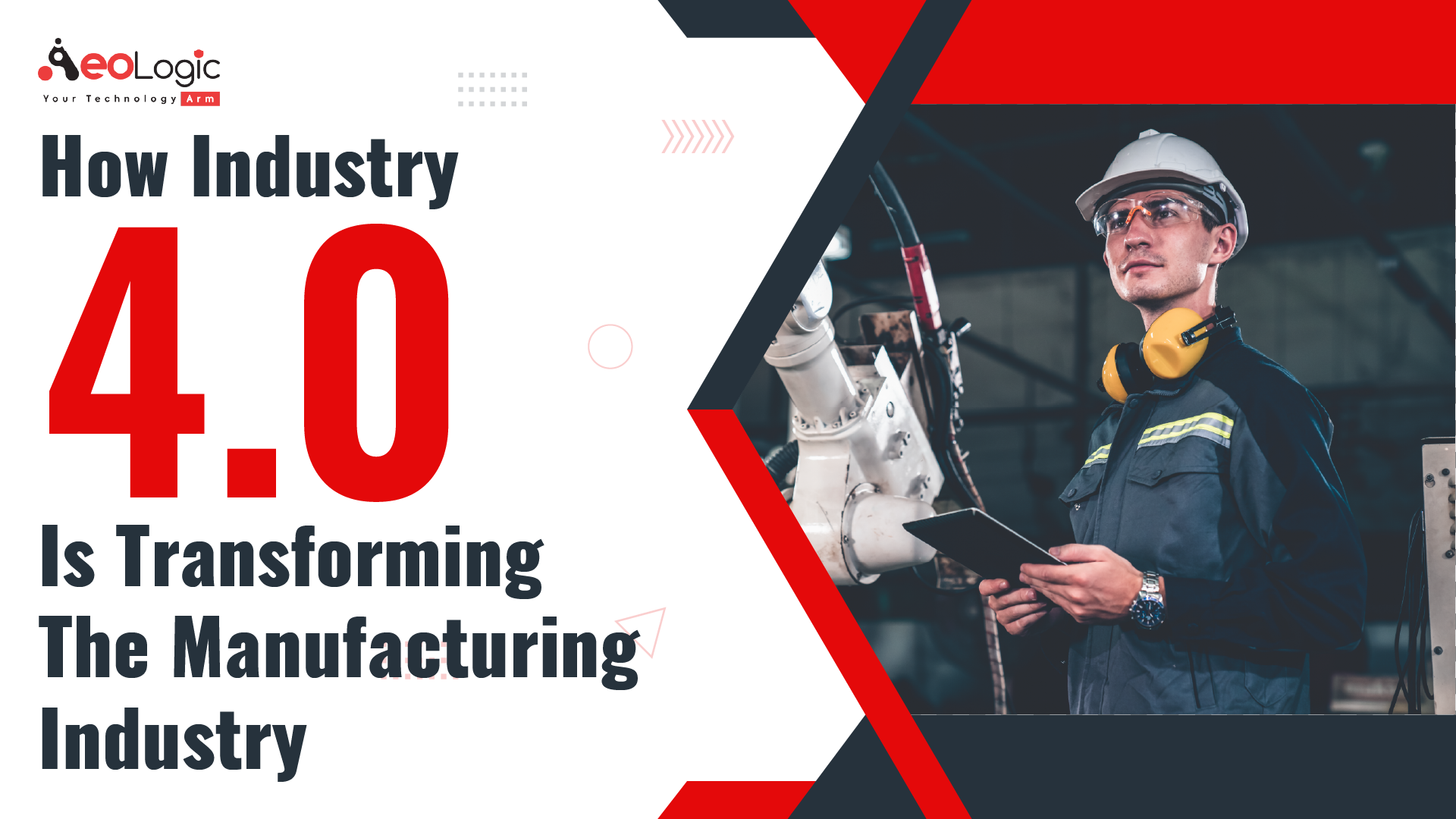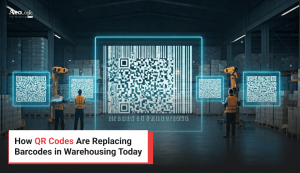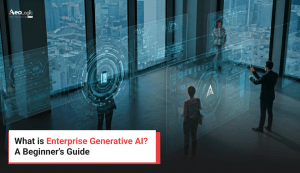The key element of each industrial revolution has been an enabling technology that drove a culture that yielded some sort of production change for makers and manufacturers. So, earlier revolutions that steam power electricity, and electronics up through the current industry 4.0 that is the fourth industrial revolution.
For lean manufacturers, this new technology is an opportunity to access the core objectives of lean manufacturing. Factory, empowering people to drive improvements on the shop floor.
A Brief About Industry 4.0
The continuous evolution of technology has led to the emergence of industry 4.0. Industry 4.0 is the latest phase of the industrial revolution that focuses on interconnectivity, automation, machine learning, and real-time data acquisition. It is also known as the industrial internet of things (IIoT) and smart manufacturing. The physical production and operations get joined with the implementation of digital technology, big data, and machine learning, and hence, it enables the creation of a connected ecosystem for manufacturing and supply chain.
Industry Internet Of Things (IIoT)
In industry 4.0 one only needs to invest in the technology and tools to simplify the complexity and improve the efficiency of manufacturing. With the implementation of technology, the manufacturers get to know about the insights into the operations from various aspects. Also, it allows the manufacturers to control the operations more efficiently and effectively. This instant and accurate access to the data will lead to boosting the productivity of manufacturing.
Before investing in technology, one should be aware of the concepts of IIoT so that they can decide whether they really need this technology or not. IIoT has various concepts such as enterprise resource planning (ERP), internet of things (IoT), digitalization, artificial intelligence (AI), machine learning (ML), cloud computing, real-time analysis, big data analytics, and cyber-physical systems (CPS).
In this blog, you’ll come to know about one of the concepts of IIoT and that is cyber-physical systems (CPS)
Cyber-Physical Systems (CPS)
Cyber-physical systems are the result of a closed-loop of sensor-based physical process data acquisition combined with cyber data processing and autonomous actuator-based process controlling connection with the internet. To simplify, the cyber-physical system (CPS) facilitates the connecting and collecting of data from production via a network, usually, the cloud and the data will be collected from production.
In one of these cyber-physical systems, there are three methods of communication and these are the ways in which the system collects information.
Following Are The Types Through Which Cyber-Physical System (CPS) Collects Data
1) Human To Machine
This collection is primarily sourced from operators, usually via some sort of digital interface. The CPS can collect information via traditional data entry, for example typing into a computer or selecting an option on a tablet. Operators can also share information through more advanced technology, for example, computer vision can collect data from specific gestures that have an assigned meeting.
The consumer world is digitizing much faster than the industrial world, and the adaptation curve for this type of communication is fairly low. Many of these methods for inputting information are already familiar to operators because they’re common UX and UI principles, for example, the red button depicts that one needs to stop, or it depicts alertness and a green button depicts to move forward or confirmation.
2) Machine to machines
As you’re probably aware, machine-to-machine data collection isn’t new for manufacturers, but it has evolved with the addition of the cloud. Previously these machines were directly connected and often the data from one machine is pushed into another versus there is two-way communication. In order for them to have that integration, it needed to be modified in the firmware. So, there are a lot of expensive proprietary machines, the move to the cloud and additional sensors has introduced more interoperability to the shop floor, and through that connection via software is making it easier for two-way and more connections between sensors and different types of machines. These machines can be both new and legacy machines.
3) Data acquisition and processing
This is the final method of collecting data from other databases and software tools that manufacturers are already using. Most manufacturers use ERP systems to manage purchases, financial planning, employees’ work record, or manufacturing execution system (MES) to track and trace materials or some combination of these systems. These systems contain production critical information, but can be massively siloed and often difficult to manage or maneuver. So, the CPS can push data into these systems to avoid any kind of manual entry or pull production critical data from these systems and introduce it to other aspects of the shop floor.
Ultimately, all of these data types combine to deliver a holistic and interconnected vision of the production.
Conclusion
To sum up, industry 4.0 has come out to be a game-changing revolution that is transforming the manufacturing industry in the most phenomenal way possible. The implementation of technology has already uplifted many businesses in various industries. Similarly, the industrial internet of things (IIoT) involves various types of technologies mentioned above and all of these technologies have their own merits to boost the efficiency and productivity of the manufacturers.
Are you looking to implement Cyber-Physical System (CPS) into your manufacturing business? If yes, so please feel free to contact us at support@aeologic.com

Manoj Kumar is a seasoned Digital Marketing Manager and passionate Tech Blogger with deep expertise in SEO, AI trends, and emerging digital technologies. He writes about innovative solutions that drive growth and transformation across industry.
Featured on – YOURSTORY | TECHSLING | ELEARNINGINDUSTRY | DATASCIENCECENTRAL | TIMESOFINDIA | MEDIUM | DATAFLOQ








